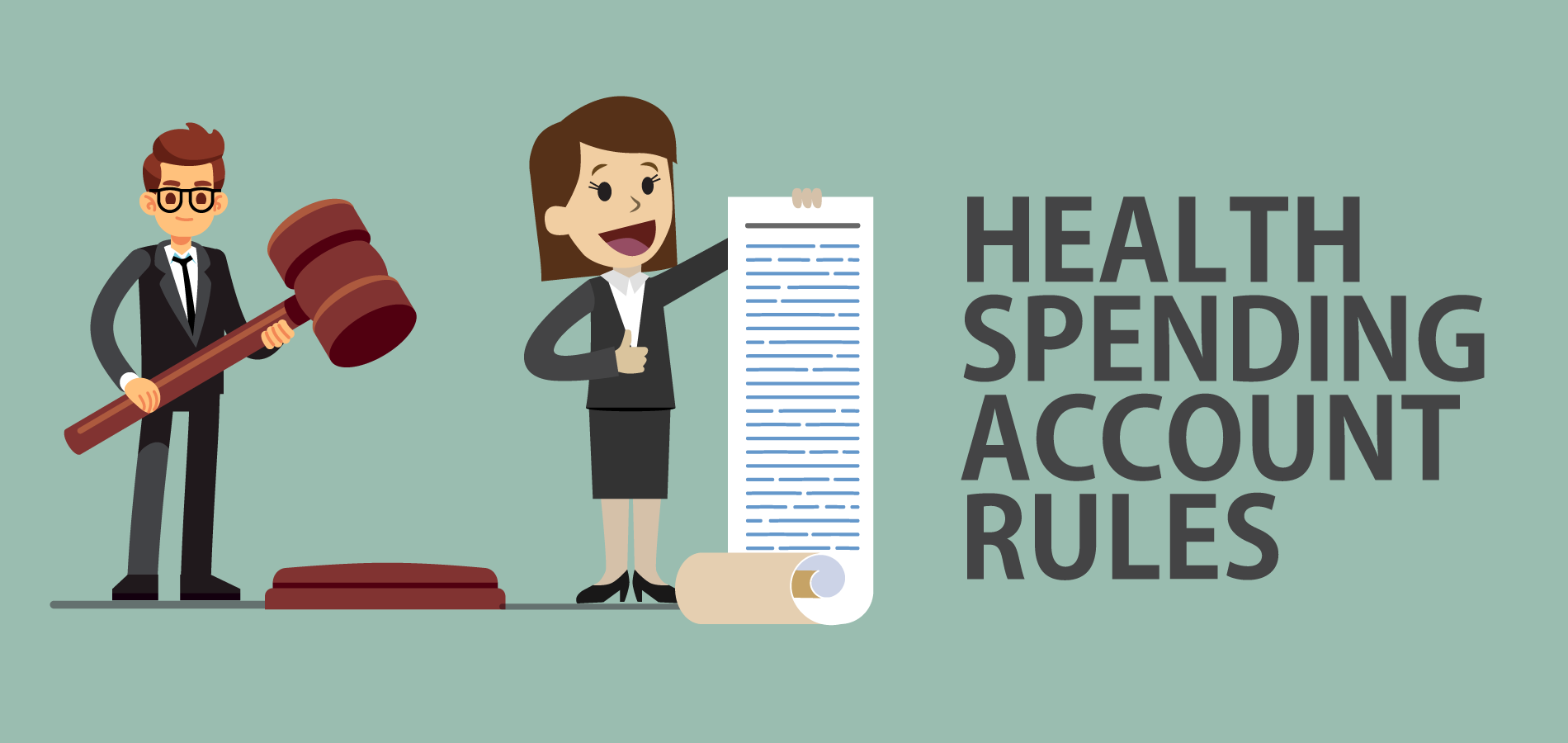COVID-19 has caused a lot of sudden changes to take place throughout Canadian businesses. Forced closures and business model changes raise particular concern for small businesses. In this article, we will explore strategies to help small businesses recover when the time comes to re-open.
Here are 13 steps small businesses can use to recover from the COVID-19 pandemic.
1. Examine the Current Situation
Before you dive into changing your business model or offering discounts, take a moment to analyze what your current situation looks like as a result of the coronavirus.
With all the stress circulating, the tendency to be reactive isn't uncommon.
Take a good look at your business' current position. What's working? What's broken? What are you able to fix easily?
A simple way to do this analysis is by reevaluating your SWOT analysis (strengths, weaknesses, opportunities, threats) and seeing what has changed.
2. Analyze How the Virus Has Affected Your Customers
The COVID-19 pandemic has affected your customers as well. It will have introduced new pain points into their lives.
What is keeping your customers up at night? What services have they lacked? How can your business help?
How can you re-position your products and services to be helpful for your customers' new needs? Be sure to adjust your sales pitch and marketing messages to fit this unique situation.
3. Analyze How the Virus Has Affected Your Business Model
How has COVID-19 affected your business model?
- Are there things that held you back from making the transition to a different business model?
- Did you find new ways to bring your services to your customers?
- Were your employees able to work online?
- Were you able to reduce costs on utilities or rent? Is this an option long-term?
- Were your supply chains as stable as possible? Could you diversify them to reduce risk or interruption?
- Did certain inventory not sell at all? Was this because it wasn't relevant during this time, or it needs to be eliminated?
This is an opportunity to examine what elements of your business will help you move forward and have more resistance in the future.
4. Analyze What Technology Helped and What You No Longer Need
You have likely begun using some new technology as a result of the pandemic. However, not all of it will make sense to continue using as you go forward. Once you know you current position, and what elements you're willing to change, it will help you decide if you need to be paying for all the new subscriptions and apps.
5. Accept Your New Sales Channels
During the pandemic, did you begin to offer online sales or services? Or, perhaps you introduced a delivery or curb pick-up options for your customers?
This could be a chance for you to venture into different sales channels to better serve your customers.
6. Prepare Your Inventory
It might be difficult to fund your inventory with a lack of sales. Consider what financing options are available to you.
Once you re-open, try to have your most popular products ready-to-go as customers may be eager to pick up some of their favourite items. This is also an opportunity to remove items from your inventory that aren't meeting customers' needs.
7. Prepare to Re-Open and Recover
Do what you can to prepare to re-open and recover customers or clients.
- Have marketing materials ready to show that you're open again.
- Do something special to encourage customers to come in, like offering a new signature dish.
- Notify loyal customers or clients in advance about your re-opening (they will likely be anxious to have the products and services they love back in their life and may go elsewhere if they don't know your timeline).
- Partner up with other businesses, local influencers, or even competitors to put on a special event and get the word out.
- Be prepared to re-hire or hire new employees as needed.
- Be aware that employees may be facing financial difficulties or struggles with mental health. Offer what support you can and make sure everyone knows what resources are available to them.
8. Build Your Dream Team
If you had have to do layoffs, it's possible that not all of your team members will rejoin when you re-open. This is an opportunity to consider what new roles your business needs, and what roles could be combined or converted to something else.
Use this opportunity to hire precisely for what your business needs now. If possible, prepare training materials in advance so that you're able to get new employees up-to-speed quickly.
9. Check In On Your Competitors
What can you learn form how your competitors have done through this time? Did some struggle and help you find holes in your business model? Did some have successes you can learn from?
Consider ways to support each other as well. Now, more than ever, we are in this together.
10. Seek Investment from Customers
Canadians can use some RSP money to invest in the small businesses in their community.
It’s a little-known secret in the business community that the Income Tax Act generally allows for shares in Canadian controlled private companies to be held inside a registered plan (RSP/TFSA/RRIF/etc.). One requirement for private company shares to qualify as an investment for registered plans is that the company has to be engaged in an “active business,” that’s carried out primarily in Canada. The good news is that most businesses, be they a brewery, manufacturer, restaurant, retailer, etc. will meet the active business test. Learn more here.
11. Look Into Government Support Available
The Government of Canada has created an Economic Response Plan to support both Canadians and businesses that are facing hardship as a result of the COVID-19 pandemic.
This includes: The Canada Emergency Wage Subsidy, more time to pay income taxes, support for self-employed individuals, and much more.
To learn more about Canada's COVID-19 Economic Response Plan, click here.
12. Plan for the Future/Prepare for the Next Disaster
The last thing we all want to think about is something like this happening again anytime soon, but while things are still fresh work on preparing for the future.
Some preparations you can start now:
- Work on alternative business plans: If COVID-19 taught us anything, it's the value of a back up plan.
- Check your savings: Did your savings help you get through closures and business structure changes? If not, take a look at areas where you can save more and, if needed, look into securing a business line of credit.
- Change your policies: Did you transition employees to remote work quickly and without any real structure? Now is the time to get a remote work policy in place. Take a look over your policies and adjust them to fit with any new changes to your business structure.
- Write down what went right: A year from now it might be hard to look back at these months with anything other than disdain. However, it's likely that some systems you had in place helped you get through the hard times. Make a note of these to remind yourself next time things are getting tough.
13. Don't Forget to Take Care of Yourself
During this stressful time, don't forget to take care of yourself. Stress can negatively affect the body by leading to loss of sleep, raised blood pressure, digestive issues, chest pain, and more.
If money is a concern, consider looking into a Health Spending Account to help you save on your medical costs.
A Health Spending Account turns your after-tax personal medical expenses into a before-tax business deduction (through your business).
Basically, the owner gets to withdraw money directly from their company account to pay for their personal medical expenses... bypassing the need to pay income tax.
If you are looking to provide support for employees, health and dental benefits offered through this plan are fully tax deductible to the business and received 100% tax free by the employees. There are no premiums, hidden fees, deductibles, copay, or complex policies.
No employees? Learn more about how an HSA works for your personal medical expenses:

Have employees? Learn more about how you can support your employees by offering an HSA:

Resources:
https://ncfacanada.org/4-important-strategies-to-help-your-business-recover-from-coronavirus/
https://www.weforum.org/agenda/2020/03/mckinsey-business-response-to-coronavirus/
https://www.lendio.com/blog/coronavirus/guide-rebuilding-small-business-pandemic/
https://www.olympiabenefits.com/blog/rsps-a-potential-key-for-the-small-business-community-after-covid-19
https://smith.queensu.ca/insight/content/how-will-coronavirus-impact-business-in-canada.php
https://www.mayoclinic.org/healthy-lifestyle/stress-management/in-depth/stress-symptoms/art-20050987







